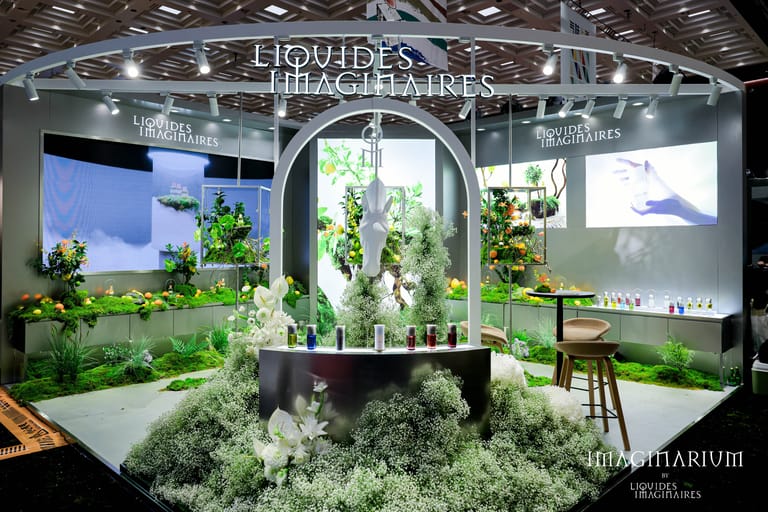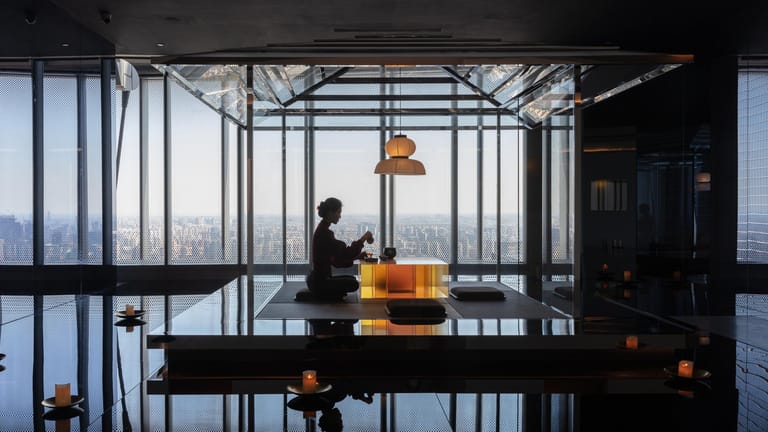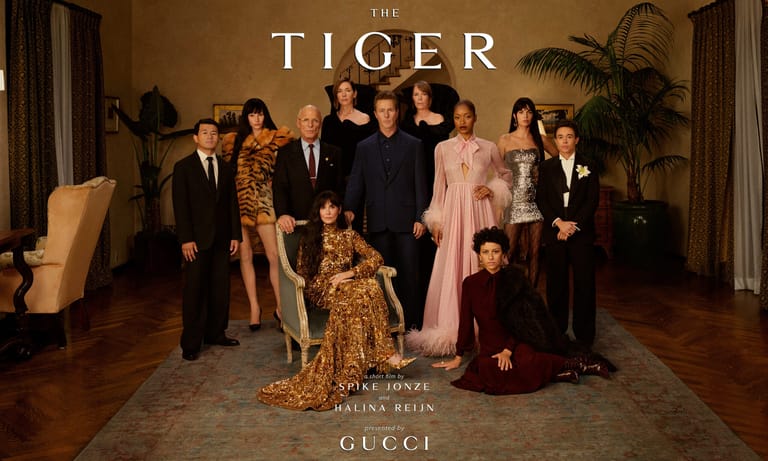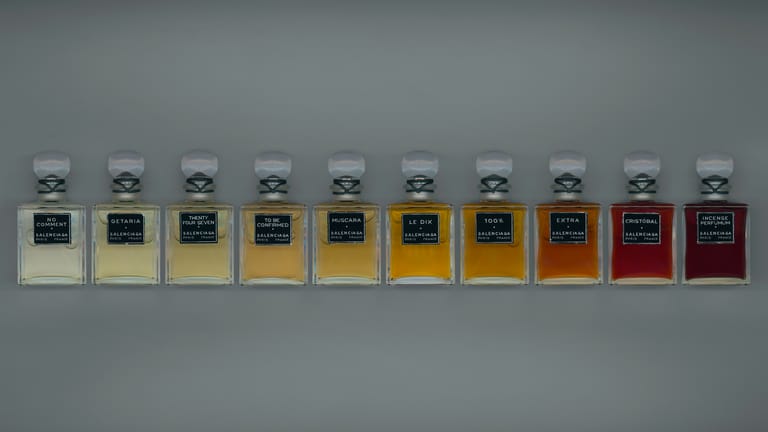The Light After Rain — Li Keming and the Spiritual Revival of Ru Porcelain
By
Charlie Gu

Published on
November 20, 2025
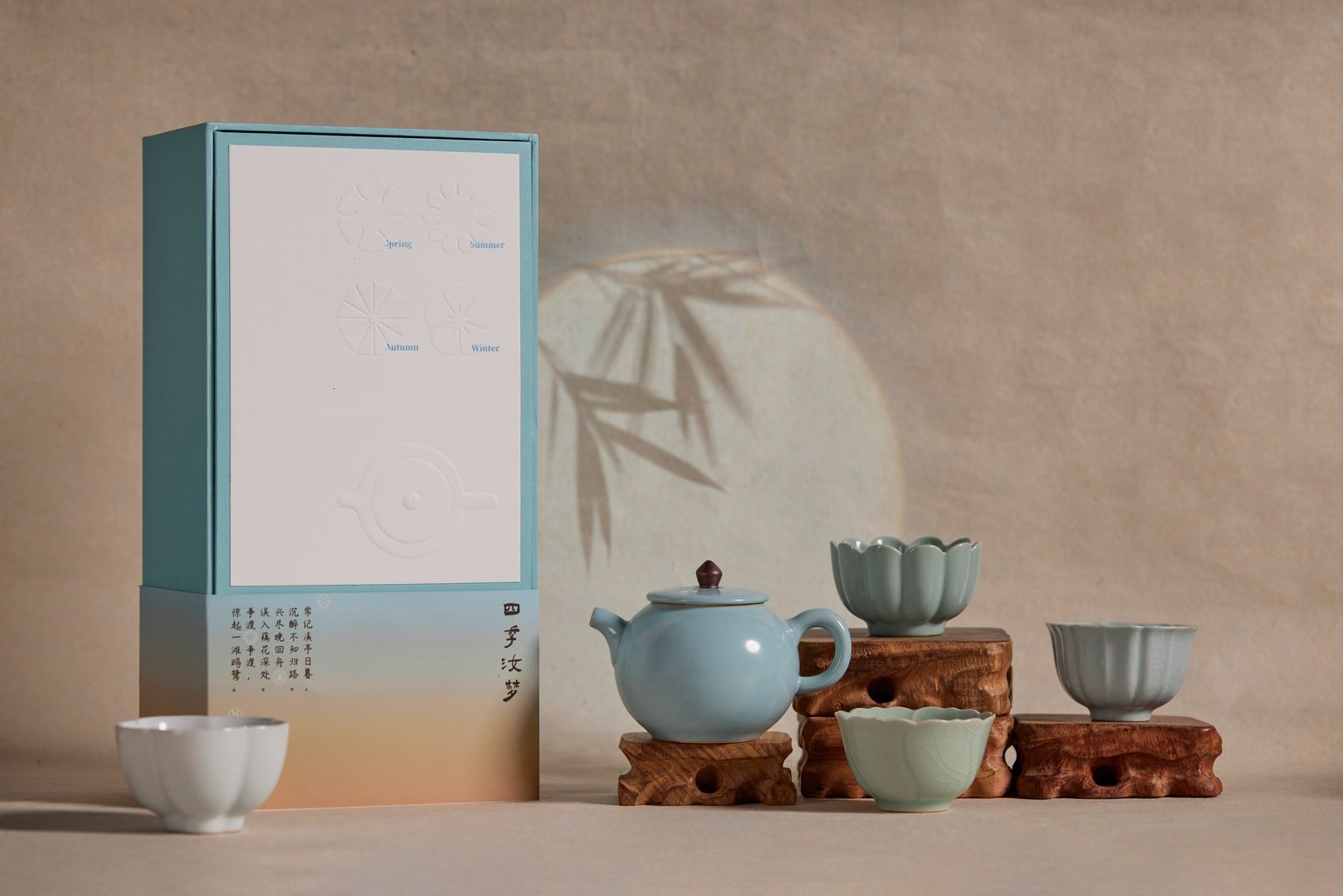
While Japan’s wabi-sabi philosophy has long shaped the West’s understanding of Eastern aesthetics—with its affection for imperfection and the quiet beauty of decay—China’s vision of refinement reaches back even further. Rooted in the Song dynasty ideal of tian ren he yi (天人合一, harmony between humanity and nature), it finds one of its most luminous expressions in Ru porcelain, an art once reserved for emperors and now reimagined by Li Keming, one of China’s leading masters of the craft and founder of Rushanming.
Where wabi-sabi finds beauty in impermanence, Ru porcelain embodies a calm pursuit of balance and clarity. For Li, the essence of this thousand-year-old tradition is not found in flawless technique, but in the moment of enlightenment when craftsmanship and nature become one. “When others focused on recreating the blue,” he says, “I wanted to understand the light that breaks through it—the instant when clouds part and clarity appears.”
The Philosophy Behind the Blue Glaze
In the Song dynasty, Ru porcelain captured the imperial imagination with its tender, jade-like glaze described by Emperor Huizong as “the color of the sky after rain breaks through the clouds.” For Li, that phrase holds more than visual poetry; it encodes a worldview. The craft, he believes, represents the Song ideal of serenity achieved through unity with nature.
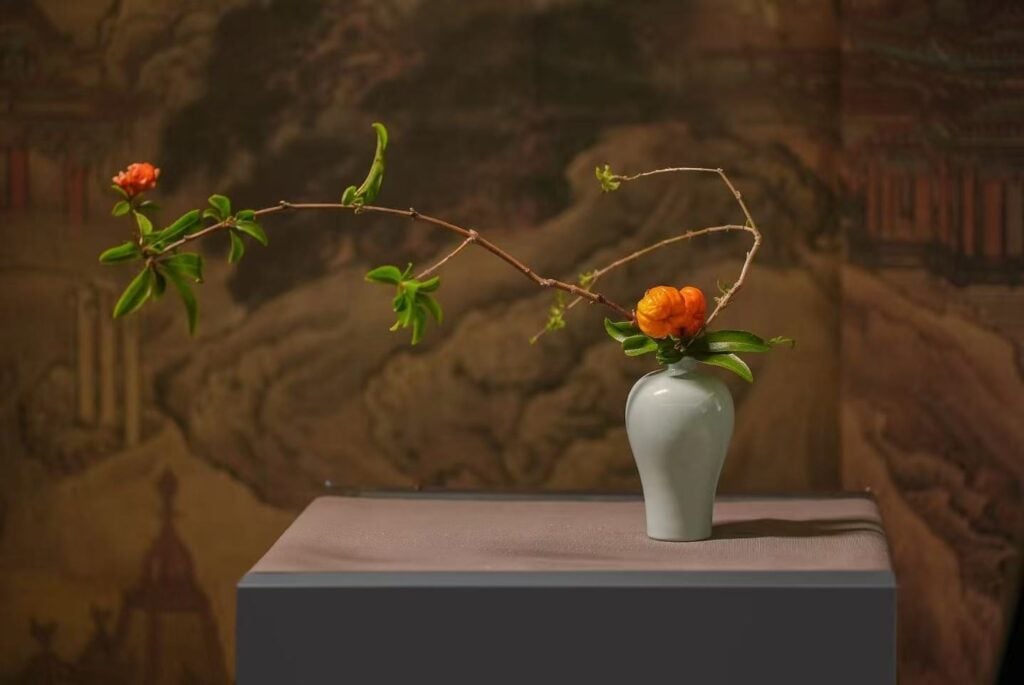
This conviction became the foundation of Rushanming, the studio and brand Li founded to bring Ru porcelain back into modern life. Its name, composed of Ru (汝, from Ru porcelain, symbolizing cultural heritage), Shan (山, mountain, representing steadiness and moral strength), and Ming (明, light, evoking clarity and enlightenment), reflects Li’s belief that the beauty of Ru porcelain lies not in color alone but in illumination—of the clay, the mind, and the spirit. To him, “Ming” is the state of seeing clearly after the storm.
Reviving the Spirit, Not the Form
After nearly a millennium of silence, the rediscovery of Ru kilns reignited national fascination with this legendary craft. Yet Li realized that true revival would require more than technical reconstruction. The real loss, he felt, was not the firing methods but the living connection between object and life. Historically, people drank tea from Ru cups, felt their warmth, and allowed their surfaces to gather the fine network of crackle lines that mirrored the passing of time.
Li’s approach balances fidelity and reinvention. Rushanming preserves the 72-step traditional process—including the use of powdered agate in the glaze—but interprets the results through contemporary design. For him, every object is a vessel for dao (spirit) carried by qi (form), a union that allows ancient wisdom to exist in the present.
In his collections, the “Four Seasons Cup” channels the delicate lyricism of poet Li Qingzhao, while the “Coastal Cup,” developed with a Dutch designer, layers Ru glaze over natural clay to evoke the meeting of sea and sand. Through these details, the brand redefines Ru porcelain not as a relic of the past but as a companion for daily life—whether holding tea or coffee, in a scholar’s studio or a modern office.

Learning from Paris, Returning to Ru
Years before founding Ru Shan Ming, Li studied design in Paris, an experience that changed how he saw his own culture. Living among Western luxury houses taught him that authentic design transcends material and style; it communicates emotion and continuity. What impressed him most was how these brands made values—elegance, patience, heritage—feel universal.
That perspective reshaped his notion of luxury. The true value of Ru porcelain, he came to believe, lies not in rarity or expense but in its sense of belonging. Its soft radiance and natural irregularities embody a distinctly Chinese understanding of harmony: not perfection, but resonance.
Rushanming’s “Coastal Cup” illustrates this philosophy perfectly. Its minimal silhouette nods to Scandinavian restraint, yet the depth of its glaze reveals an unmistakably Chinese sensibility—a quiet glow that seems to breathe. Li sees this as the essence of cultural dialogue: not compromise, but shared understanding.
The Chinese Art of Refinement
In an age defined by excess and acceleration, Li’s pursuit of refinement feels radical. To him, refinement has little to do with luxury and everything to do with respect—for materials, for craftsmanship, and for the human presence behind each object.
This ethos echoes the ancient Chinese association between yu (jade) and virtue. Like jade, Ru porcelain is valued not for ostentation but for its calm, inward radiance. Its beauty lies in restraint: subtle shifts of hue, smooth yet irregular textures, and glazes that reveal the trace of fire and chance.
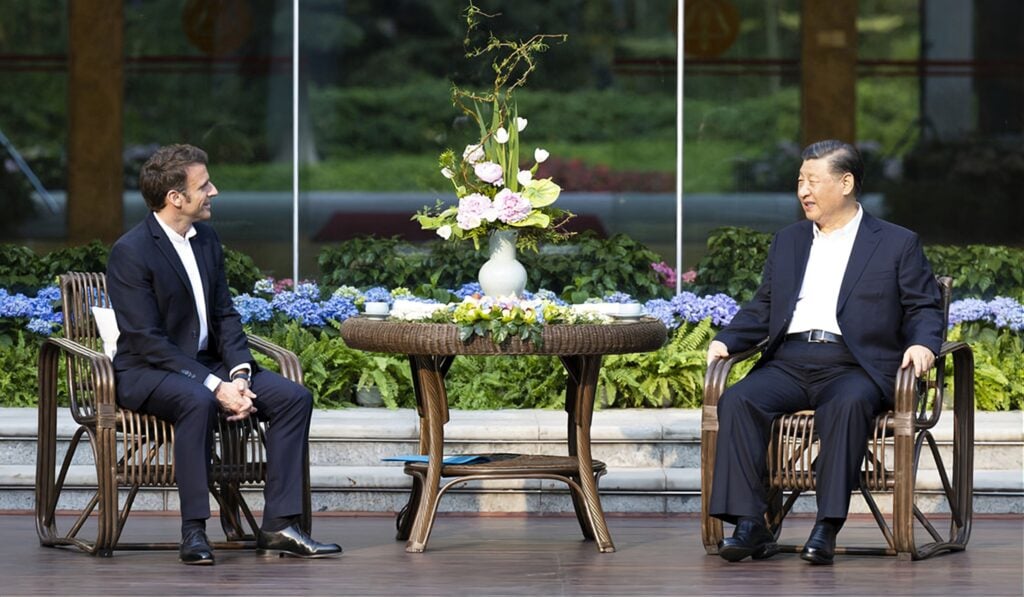
That quiet strength has also turned Ru porcelain into an unexpected cultural bridge. In 2023, a Ru cup crafted by Li’s team was used by President Emmanuel Macron and President Xi Jinping during their meeting in Guangzhou—a symbolic moment that reflected the shared appreciation for artistry and dialogue between civilizations. The soft, luminous glaze became a vessel not only for tea, but for understanding.
Rushanming’s palette ranges from sky blue to moon white, tones so subdued they invite contemplation. The forms, whether a slender vase or a curved cup, are reduced to essentials. “We let the vessel speak,” Li says quietly. “Design should never shout.”
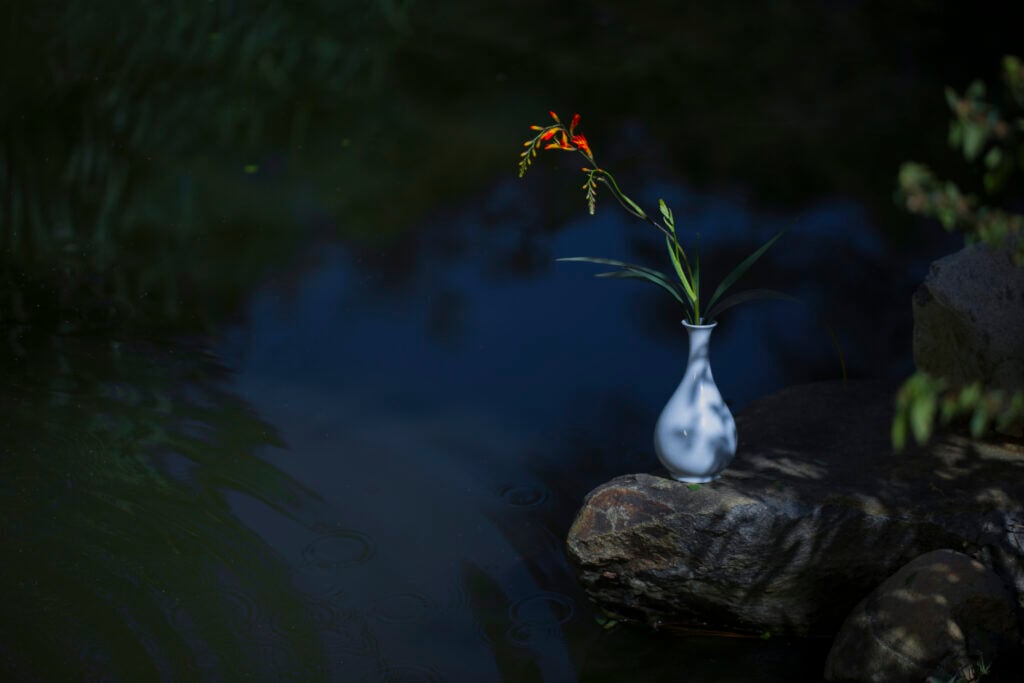
The Light After Rain
For Li, the future of Chinese craftsmanship depends on moving beyond nostalgia toward confidence. He often draws comparisons between Japan’s wabi-sabi and China’s older, broader philosophy of tian ren he yi—the harmony between human intention and the natural world. This worldview, he believes, is embedded in every shard of Ru porcelain. It is what makes the craft not just an art, but a philosophy of life.
Ru Shan Ming’s works have appeared in international exhibitions, from the Louvre to the United Nations, yet Li treats these milestones lightly. For him, success lies not in global recognition but in emotional resonance. When someone holds a Ru cup and feels calm, he says, that is when culture truly speaks.
As he reflects on his journey, Li returns to the phrase that has guided him from the beginning: rain clears, clouds part, light appears. Every creation, he believes, carries this same hope—an invitation to pause, to see clearly, and to find the light within oneself.




